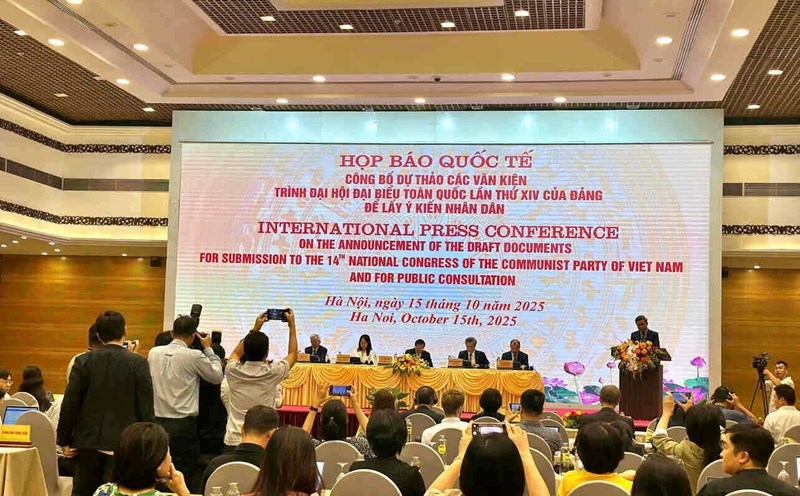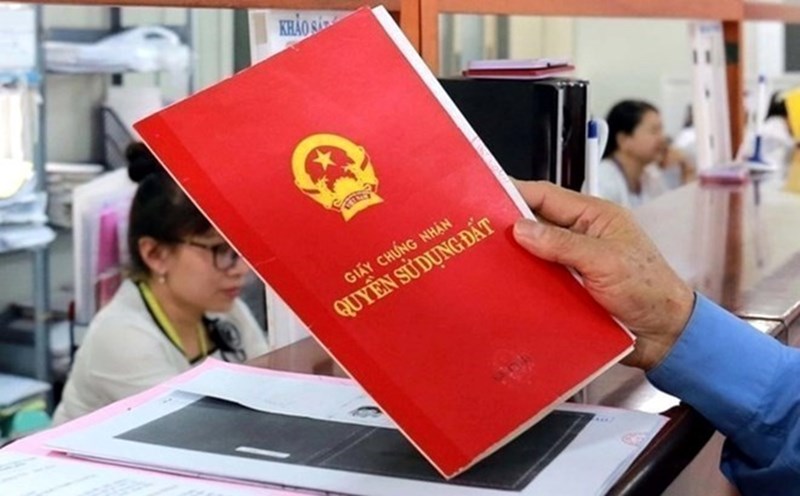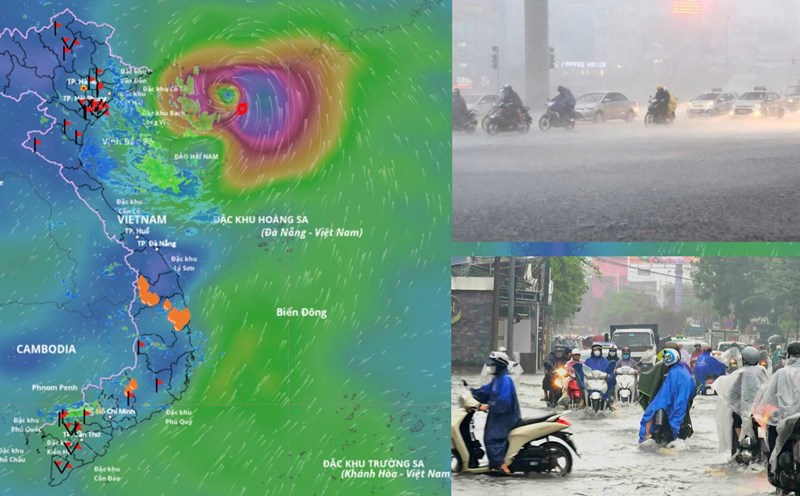The North has been affected by a cold front since the afternoon and night of October 13. However, due to the weak intensity of the first cold air of the season, it has not caused a significant change in the average temperature of the day.
According to Dr. Truong Ba Kien, Deputy Director of the Center for Meteorological and Climate Research - Institute of Meteorology, Hydrology and Climate Change, the activity of cold air has tended to gradually strengthen since the end of October.

"The winter monsoon is likely to start at approximately the average of many years, i.e. at the end of October, and increase in intensity from November. The intensity of the 2025 winter monsoon is likely to be approximately equal to or stronger than the average of many years in the first half of the season (ie November - December)" - Mr. Kien said.
Also at the end of the year, storms and tropical depressions continue to be active. Currently, atmospheric and ocean conditions reflect ENSO being in a neutral state, leaning towards the cold phase. ENSO is forecast to likely transition to La Nina state in the last 3 months of 2025 with a fairly high probability - about 60 - 70%.
"From now until the end of 2025, we forecast tropical cyclone activity in the East Sea to be approximately the average of many years, i.e. about 3 - 4 storms and tropical depressions, of which 1 - 2 are likely to directly affect Vietnam. The main affected area is likely the Central region, especially in October and the first half of November, when storm activity typically peaks at the end of the season" - Mr. Kien said.
Both storms/tropical depressions and cold air can cause heavy rain. In particular, the interaction between these two models can cause complex effects.
In the last 3 months of the year, total rainfall is likely to be approximately the average of many years in the North; approximately to higher than the average of many years in the area from Thanh Hoa to Hue and the Central Highlands.
"The rain in the South Central and South will also tend to be higher than the average of many years. Beware of heavy rains causing serious flooding in the Central region" - Dr. Kien warned.
Regarding temperature trends, according to Dr. Truong Ba Kien, from October to December 2025, the temperature is likely to be lower to approximately the average of many years in the North and the area from Thanh Hoa to Hue; approximately the average of many years in the Central Highlands, the South Central Coast and the South.
The 2025 - 2026 dry season in the Central and Southern highlands is likely to be approximately the same or later than the average of many years. The possibility of unseasonal rains will reduce drought conditions in the area.
The 2025 typhoon season recorded extremely rare figures in terms of intensity, frequency and scope of impact. Since the beginning of the year, the East Sea has had 15 storms and tropical depressions (11 storms, 4 tropical depressions), much higher than the average of many years. 7 storms (storm No. 1, 3, 5, 6, 9, 10, 11) directly and indirectly affected our country, creating a series of natural disasters.










